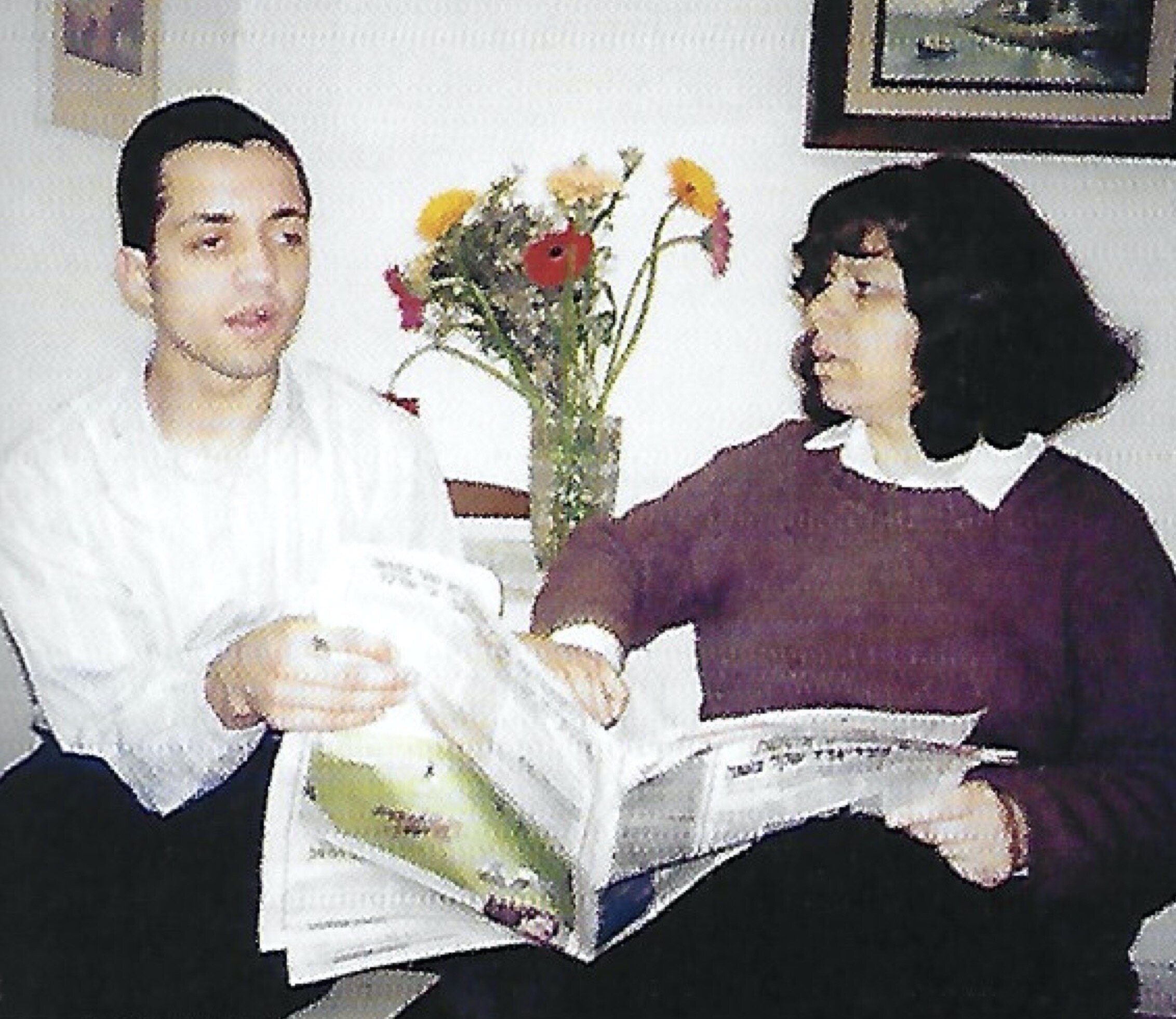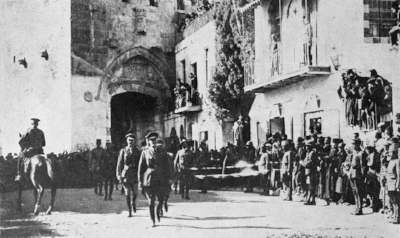In the middle of the Talmud tractate Gittin there is a long stretch of stories about the destruction of the Second Temple and the fall of Jerusalem on the 9th day of Av in 70 CE.
One of those stories begins with these words:
...הֲווֹ בְּהוּ הָנְהוּ בִּרְיוֹנֵי
There were Zealots among the people of Jerusalem… (Gittin 56a)
Who were these Zealots? In the context of the stories in the Talmud, they were extremists who were so fanatical in their opposition to the Romans and to any Jew who disagreed with them that they would resort to violence and even murder. More on them in a moment.
In the meantime, what can we say about this word בִּרְיוֹנֵי / biryonei / “zealot”? The Klein Dictionary of Rabbinic Hebrew (1987) is blunt in its translation: “terrorist, bully, hooligan.” It says that the etymology of this word is obscure; it may be related to the Akkadian root barānū, meaning “violent, impertinent, rebellious.” (The old-school Jastrow dictionary of the Talmud suggests “rebel” or “castle guard”, losing the intimation of violence that the author is surely suggesting.)
Whatever the origin of the word, there is no mitigating that the Talmud holds these villainous, murderous Jews accountable for the desperation and ultimately the destruction of the city.
Yes, the Talmud speaks of fellow Jews in precisely this language, when necessary.
After introducing the Zealots, the story unfolds. The war with the Romans had been building since the year 66 CE. The people of Jerusalem—as well as Jews who had fled from outlying villages—sequestered themselves behind the city walls. The Roman onslaught was temporarily held at bay. And, the Talmud tells us, there were enough storehouses of food and cisterns filled with water to sustain the Jerusalemites for at least twenty-one years to come!
That is, until the biryonim / Zealots assert themselves.
We learn that there were a variety of political opinions among the refugees in Jerusalem at that time. Some wanted to fight; others wanted to appease the Romans; others thought it might be possible to work out terms of a compromise. The Zealots, being zealots, demanded adherence to their armed revolt—and would not tolerate dissent. The Rabbis counseled patience (so we see where the editors of the Talmud come out in this debate), and Zealots revolted:
.קָמוּ קְלֹנְהוּ לְהָנְהוּ אַמְבָּרֵי דְּחִיטֵּי וּשְׂעָרֵי, וַהֲוָה כַּפְנָא
[In order to force the residents of the city to engage in battle],
the Zealots rose up and burned down the storehouses of wheat and barley,
and a famine ensued. (Gittin 56a)
They burn the 21-year supply of food that had been secured for the people’s survival! Because that, too, is what Zealots do: They are so certain of the righteousness of their cause, it doesn’t matter if there are brutal shortcuts that need to be taken to strong-arm or threaten people to their side. It doesn’t matter if there is death and destruction in the short term; all that matters the ultimate adherence to the cause. Violence for them is a necessary tool towards the ultimate ends—and it doesn’t matter who suffers.
The Talmud makes its anti-Zealot position perfectly clear. Immediately after the Zealots burn down the storehouses, we’re told a series of tragic stories about individuals who suffer horribly and die as a result of the desperate situation the Zealots have triggered. One thing leads to another—a tragic chain of events—that ultimately leads to the destruction of the Temple, the devastation of Jerusalem, and the Exile of the Shekhinah, G-d’s Intimate Presence.
This is what we mourn annually on Tisha B’Av.
Here's one more warning from the Talmud. As Jerusalem was in flames, the great Rabbinic leader, Rabban Yochanan ben Zakkai, sought to save the city. He approached Abba Sikkara, the leader of the band of “dagger men” among the Zealots, asking Abba Sikkara to stop the madness:
.שְׁלַח לֵיהּ: תָּא בְּצִינְעָא לְגַבַּאי. אֲתָא.
?אֲמַר לֵיהּ: עַד אֵימַת עָבְדִיתוּ הָכִי, וְקָטְלִיתוּ לֵיהּ לְעָלְמָא בְּכַפְנָא
!אֲמַר לֵיהּ: מַאי אֶיעֱבֵיד, דְּאִי אָמֵינָא לְהוּ מִידֵּי קָטְלוּ לִי
.אֲמַר לֵיהּ: חֲזִי לִי תַּקַּנְתָּא לְדִידִי דְּאֶיפּוֹק, אֶפְשָׁר דְּהָוֵי הַצָּלָה פּוּרְתָּא
Rabban Yochanan ben Zakkai sent a message to Abba Sikkara: Come to me in secret.
He came, and Rabban Yochanan said to him, “How long will you keep doing this, killing everyone through starvation?”
Abba Sikkara replied, “What can I do? If I say something to them [my Zealot followers], they’ll kill me.”
Rabban Yochanan ben Zakkai said to him, “Find a way for me to get out of the city. Maybe there can still be some small salvation…” (Gittin 56a)
This is astonishing, if not surprising. The leader of the Zealots in Jerusalem knows things are out of control and that his followers have gone too far. But he’s passed the point of no return: by empowering his violent followers, he’s placed himself at risk. If he steps back from the brink, he knows they will turn their violence back on him.
Yes, I’m thinking about the political situation in Israel. (How could I not be thinking of it?) Today we’re seeing the devastation of what happens when Zealots—ultra-nationalist extremists coupled with the ultra-religious political parties—are permitted to dictate their terms to the majority of the nation. Such is the nature of coalition politics: the radical fringe is allowed to set the agenda—and they are willing to sacrifice the well-being of the rest of the country that dares to oppose their agenda.
In the days of the Talmud, they burned the storehouses of food—to force the people’s hand. The result led to the maw of the Roman legions and the destruction of Jerusalem.
Today, they will undermine the very foundations of Israel’s democracy, placing the economy, civil liberties, and the very promise of the “Start-Up Nation” at risk. I do not believe Jerusalem will be destroyed, but there are plenty of people this Tisha B’Av who are entertaining that very thought.
Tisha B’Av will have a profound and shocking resonance this year. Clearly, there are Zealots unleashed in Jerusalem. The extent of their destruction is yet to be known—a forceful, fully awake citizenry is determined not to allow them to burn down the country. The importance of our voices can’t be overstated.
There will be much to mourn this year on Tisha B’Av, and many lessons for our own time. May the reflections of this season help us to turn back from the brink of disaster, and may we save ourselves from the Zealots in our midst.
Tisha B’Av begins on Wednesday evening, July 26.
All are welcome to join me of an online study session on its themes on Thursday, July 27,
at 12:00 noon Eastern time. Register here to receive the Zoom link and Passcode.


